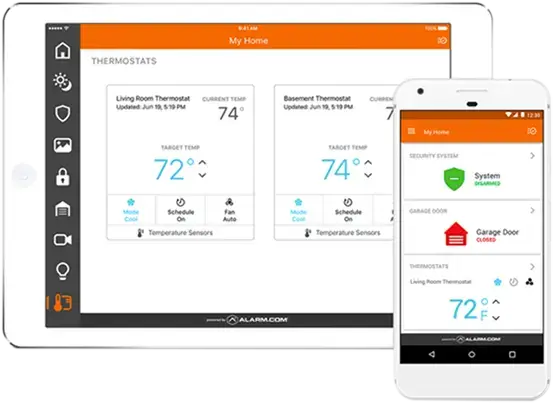

Proper selection and incorporation of these devices during the design phase can also help to ensure a smooth and seamless system installation.
A professional fire alarm system consultant will work with you to create a custom-designed system that includes appropriate selection and use of the following components and devices: